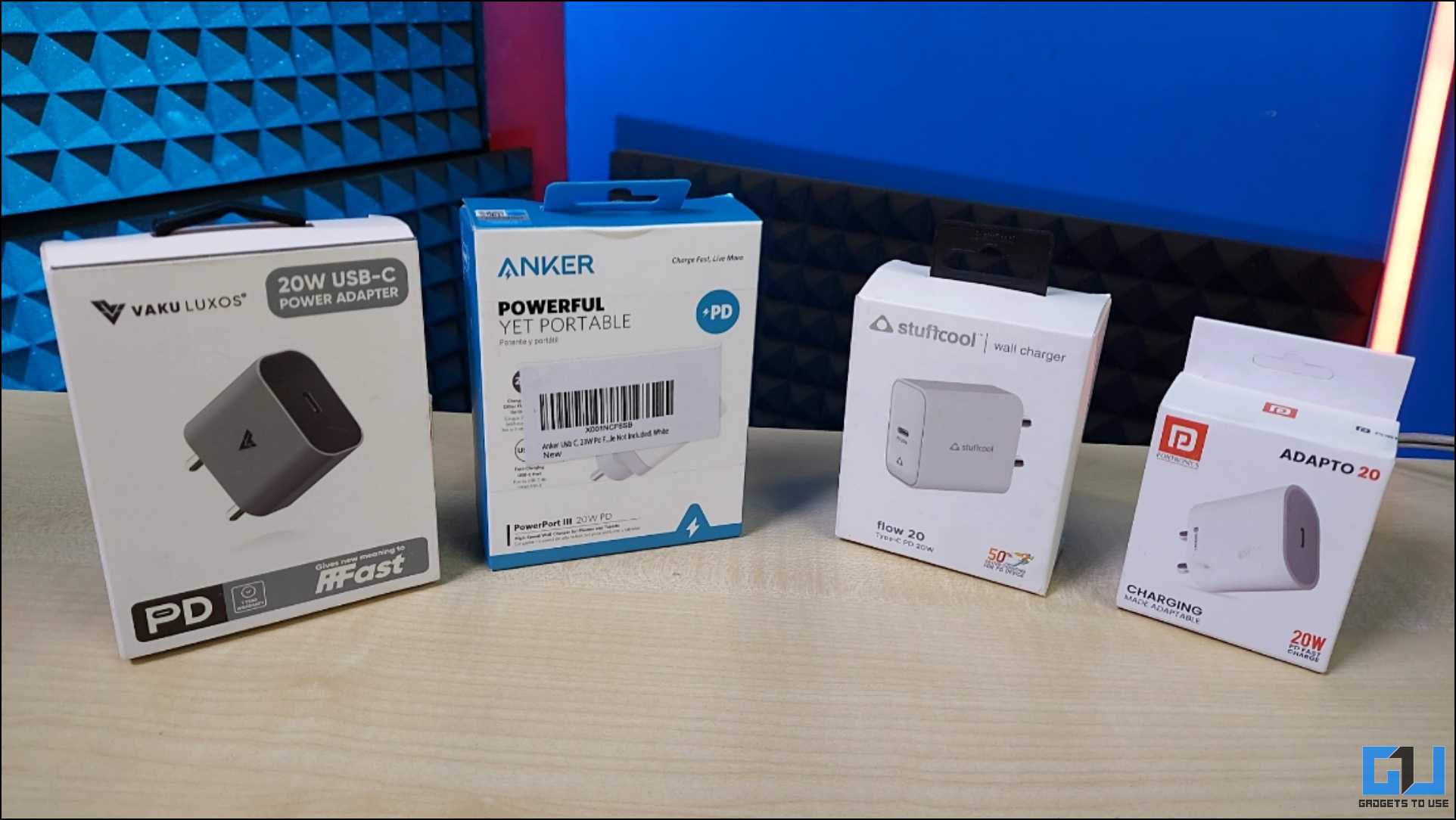The Micromax Canvas 4 has another competitor in the form of Lava Iris 504q, a phone that advertises itself through the unique gesture control feature which is said to be their effort to compete against Micromax’s blow to unlock feature. These two phones are extremely similar in the features they have to offer, and the Lava Iris 504q is cheaper by a margin of 3-4000 INR.
Read the comparison review ahead to know about what you can expect from these devices and which one you should go for, if you have a budget similar to the price of these devices.
Display and Processor
Speculations said that the Micromax Canvas 4 would have a Full HD display, however the release told us that there would be only a 720p HD display, as seen on the Micromax Canvas HD previously. Not only the resolution, but even the screen size remains the same at 5 inches. The Lava Iris 504q packs exactly the same display, which means the experience on both these devices will pretty much be comparable if not identical.
Again, the similarities do not end with the display. The processor and RAM, again, are exactly the same on both these devices. The processor on these devices is the low cost-high performance MT6589, which will be the ‘regular’ version clocked at 1.2 GHz per core (4 cores, Cortex A7). This popular processor will be paired with 1GB of RAM for easy and smooth multitasking on both the devices, so you can expect the performance on these devices to be nexk-and-neck to each other.
Camera and Memory
We’re used to seeing 5-8MP cameras on budget phones from domestic manufacturers. The trend is continued by the Lava Iris 504q, which offers an 8MP rear camera and a 2MP front shooter. However, the Micromax Canvas 4 takes this to a new level altogether, with the presence of a 13 megapixel unit on the rear and a 5 megapixel shooter on the front.
This is probably the first time an Indian manufacturer has taken imaging so seriously, which is bound to be welcome by all; be it shutterbugs or the average user.
Even in terms of memory, Micromax have done well to include 16GB of on board storage, while all/most other domestic manufacturers are still stuck on the 4GB mark, Lava being one of them. So this category is definitely ruled by the Micromax Canvas 4.
Battery and Features
The battery section on both these devices is powered by 2000mAh units. Given the exactly same screen size and resolution, you can expect both these devices to last equally as long, given the usage pattern doesn’t differ much. The gesture sensors on the Lava might be battery suckers, which means the backup might be a little less here.
Both these phones have 1 unique feature which makes them stand apart from the rest. The Canvas 4 offers a unique ‘Blow to unlock’ feature, while the Iris 504q comes with ‘gesture control’ which can be used in camera, gallery, etc apps.KEY SPECS
| Model | Micromax Canvas 4 | Lava Iris 504q |
| Display | 5 inches 720p HD | 5 inches 720p HD |
| Processor | 1.2 GHz quad core | 1.2 GHz quad core |
| RAM, ROM | 1GB RAM, 16GB ROM expandable up to 32GB | 1GB RAM, 4GB ROM expandable up tp 32GB |
| OS | Android v4.2 | Android v4.2 |
| Cameras | 13MP rear, 5MP front | 8MP rear, 2MP front |
| Battery | 2000mAh | 2000mAh |
| Price | 17,999 INR | 13,499 INR |
Conclusion
Both these devices are new and have something unique to offer. The Canvas 4 fro Micromax is priced at a slightly high 17,999 INR, which puts it in the pricier bracket of budget phones. On the other hand, the Lava Iris 504q comes with a very impressive price tag of 13,499 INR, which is quite a bit cheaper than the Micromax Canvas 4. Both the phones are already available in the market.
For any average user, the Lava Iris 504q would make for a great phone, and given the added features it comes with it’s fair share of excitement as well. As far as the Canvas 4 goes, we’d say that the phone’s major share of buyers would be Micromax loyal fans, and shutterbugs.



